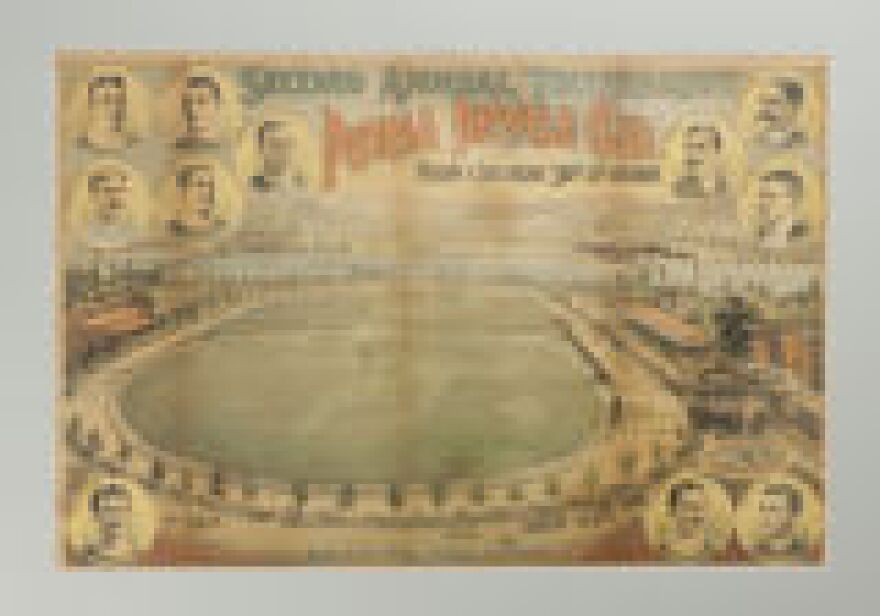Urban planners today talk about making cities more bicycle and pedestrian-friendly through the addition of more bike lanes, trails, and other accoutrements.
In many ways, this movement is a resurgence rather than a new concept. Peoria first became a bike town in the 19th century.
This era of the city's history is of particular interest to Elijah Furuness. He is a student supervisor at the Virginius H. Chase Special Collections Center at Bradley University's Cullom-Davis Library.
Furuness is researching the history of the Peoria Bicycle Club. Started in 1881 by a group of Peoria merchants, it quickly became one of the city's most prominent social clubs, with over 400 members.
"They were a very large organization. But there were financial pressures, especially towards the turn of the 20th century, when a lot of the people that were initially interested in bicycles found themselves being swept up in the craze of car manufacturing," said Furuness, who is also an avid bicyclist.
That trend extended to the city's bicycle factories and manufacturers like Charles Duryea.
"As the 19th century came to a close, many of these factories shifted their production from bicycle parts to just wheels, then to just rubber specifically for automobile parts, and many of them converted entirely to automobile plants," Furuness said.
The Peoria Bicycle Club disbanded around the turn of the 20th century, but original members continued to meet up once a year into the 1960s. The club was revived in 1989.
Groups like the Illinois Valley Wheelm'n, Bike Peoria, and the Peoria Area Mountain Bike Association also continue to carry the torch for various aspects of biking culture.

The Special Collections Center holds the archives of the Peoria Historical Society, including a large advertisement for the Peoria Bicycle Club's 1890 race, membership cards, handbooks, and scrapbooks.
Peoria may also have the bicyclists to thank for road improvements in the late 19th century. Many members of the bicycle club were also part of the national League of American Wheelmen.
"They were responsible for a movement called The Good Roads Movement. And we actually have some records of people complaining about how terrible the roads here were for cycling for walking," said Furuness.
One Peoria Bicycle Club member complained about the difficulties of learning to ride a bike in Peoria, where he'd traverse the roads by riding over sandbags to dodge the potholes and loose boards scattered on the city's byways.
"Some of our old League of American Wheelmen memorabilia, such as membership cards, actually have their slogan 'we want good roads' plastered on it," Furuness said. "And so this was a push that started with cyclists. It's sometimes attributed to automobile manufacturers and automobile enthusiasts, but it actually did start with cyclists pushing for paved roads, as opposed to these dirt and gravel paths."
Furuness said there's still more to learn about Peoria cycling history, including Major Taylor's participation in multiple Peoria bike races.


